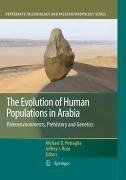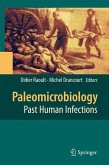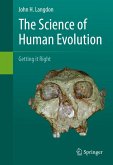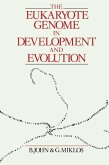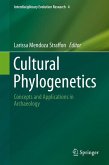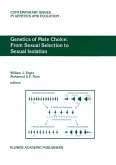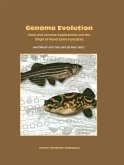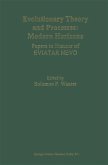Dieser Download kann aus rechtlichen Gründen nur mit Rechnungsadresse in A, B, BG, CY, CZ, D, DK, EW, E, FIN, F, GR, HR, H, IRL, I, LT, L, LR, M, NL, PL, P, R, S, SLO, SK ausgeliefert werden.
"This final published set expands significantly beyond that initial purpose to add significant context to what is admittedly still a largely Palaeolithic focus. ... The quality of the papers contained within the volume is very high indeed. ... This volume provides an excellent statement of our current state of knowledge of the Pleistocene and Early Holocene occupation of the Arabian Peninsula ... also setting the scene for future research to address the new-found archaeological complexity of this region." (Anthony Sinclair, Bulletin of the Society for Arabian Studies, April, 2010)
"This latest volume in Springer's 'Vertebrate Paleobiology and Paleoanthropology' series is essentially a compilation of discrete research papers. Collectively, they provide a comprehensive, albeit repetitious, review of Arabian prehistory. ... Summing Up: Recommended. Archaeology and anthropology collections serving graduate students and researchers/faculty." (D. A. Brass, Choice, Vol. 47 (11), July, 2010)

